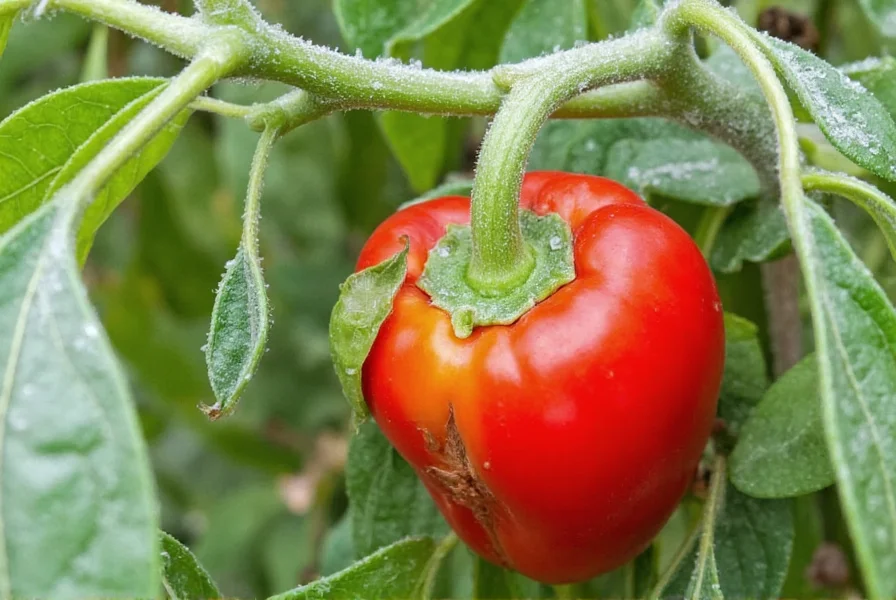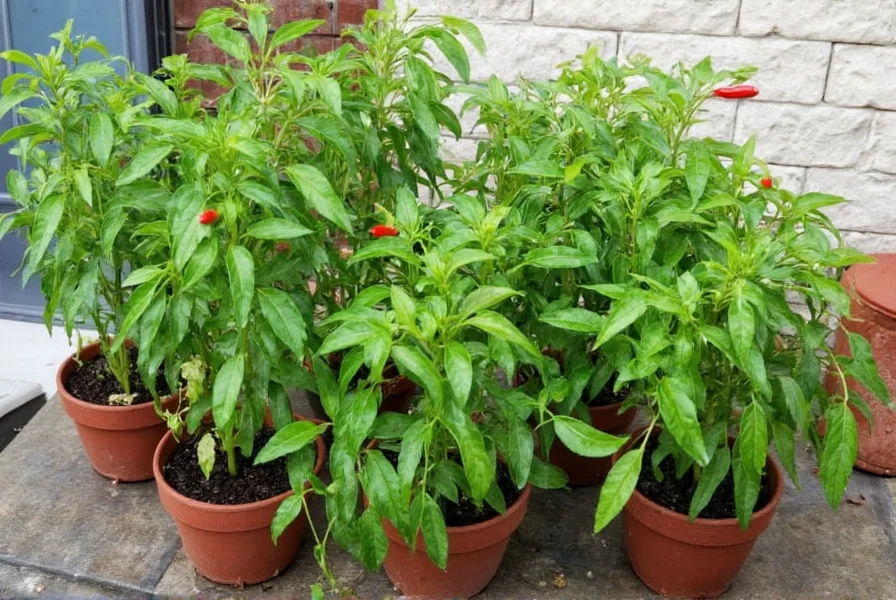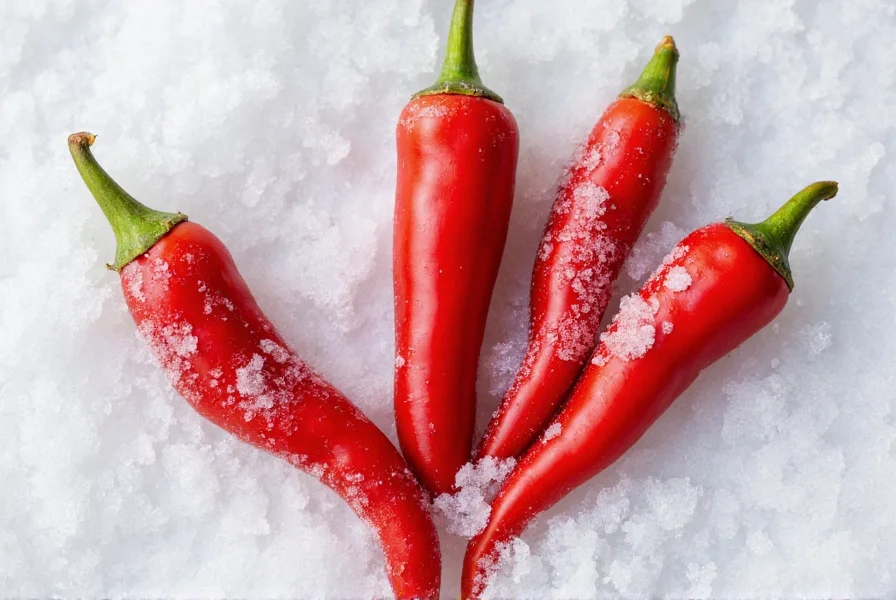Understanding the relationship between red chili peppers and snow is essential for gardeners in colder climates. While these vibrant, spicy peppers thrive in warm environments, their biological requirements make them incompatible with snowy conditions. This article explores the science behind chili pepper growth requirements and provides practical solutions for cold climate gardeners.
Why Red Chili Peppers Can't Survive Snow
Red chili peppers (Capsicum annuum) originate from tropical regions of Central and South America. Their evolutionary adaptation to warm climates means they lack natural defenses against freezing temperatures. When temperatures drop below 50°F (10°C), chili pepper plants experience chilling injury, which disrupts cellular functions. Snow exposure causes immediate and irreversible damage through ice crystal formation within plant tissues.

Temperature Requirements for Healthy Growth
For optimal growth and fruit production, red chili peppers require specific temperature ranges:
| Growth Stage | Minimum Temperature | Optimal Range | Maximum Temperature |
|---|---|---|---|
| Seed Germination | 65°F (18°C) | 80-90°F (27-32°C) | 95°F (35°C) |
| Vegetative Growth | 60°F (15°C) | 70-85°F (21-29°C) | 90°F (32°C) |
| Flowering & Fruit Set | 65°F (18°C) | 75-85°F (24-29°C) | 90°F (32°C) |
When temperatures fall below these thresholds, particularly during flowering and fruiting stages, chili pepper plants experience reduced growth, blossom drop, and poor fruit development. Complete exposure to snow causes cellular collapse within hours.
Effects of Cold Weather on Red Chili Peppers
Cold damage manifests in several ways:
- Leaf discoloration: Purple or black spots appear as chlorophyll breaks down
- Stunted growth: Metabolic processes slow dramatically below 60°F (15°C)
- Blossom drop: Flowers fall before pollination can occur
- Fruit discoloration: Developing peppers turn black and rot
- Root damage: Cold soil impedes nutrient uptake even if air temperatures rise
Growing Red Chili Peppers in Cold Climates: Practical Solutions
While growing chili peppers in snow is impossible, gardeners in colder regions can successfully cultivate red chili peppers using these methods:
Indoor Seed Starting
Begin seeds indoors 8-10 weeks before your last expected frost date. Use heat mats to maintain soil temperatures around 80°F (27°C) for optimal germination. This technique addresses the common challenge of growing hot peppers in winter conditions.
Season Extension Techniques
Once outdoor temperatures stabilize:
- Use black plastic mulch to warm soil
- Install row covers for frost protection
- Place plants near south-facing walls for heat retention
- Use water-filled wall protectors that absorb and release heat
Container Gardening Approach
Growing red chili peppers in containers allows you to move plants indoors when temperatures drop. This method is particularly effective for gardeners wondering how to protect chili plants from frost. Choose pots with adequate drainage and use a quality potting mix rather than garden soil.

Overwintering Chili Pepper Plants
For perennial varieties, overwintering provides a solution to the challenge of chili pepper cold tolerance. Before the first frost:
- Prune plants back by one-third
- Transplant to containers if growing in-ground
- Maintain indoor temperatures above 60°F (15°C)
- Provide 12-14 hours of artificial light daily
- Reduce watering but prevent complete soil drying
Plants will typically enter dormancy but can resume growth in spring. This approach works best for established plants rather than seedlings.
Alternative Options for Cold Climate Gardeners
If you're determined to grow peppers despite snowy conditions, consider these alternatives:
- Cold-tolerant varieties: Some cultivars like 'Ace' or 'Gypsy' handle cooler temperatures better than extremely hot varieties
- Greenhouse cultivation: Provides controlled environment year-round
- Hydroponic systems: Allows precise temperature control for roots and air
- Early harvesting: Pick peppers green before first frost and allow to ripen indoors
Common Misconceptions About Chili Peppers and Cold Weather
Several myths persist about red chili pepper temperature requirements:
- Myth: Snow improves pepper heat level
Fact: Cold stress actually reduces capsaicin production - Myth: Chili plants become more cold-hardy over time
Fact: These are annual plants with fixed temperature tolerances - Myth: Covering plants makes them snow-tolerant
Fact: Covers only provide 2-5°F protection, insufficient against snow











 浙公网安备
33010002000092号
浙公网安备
33010002000092号 浙B2-20120091-4
浙B2-20120091-4